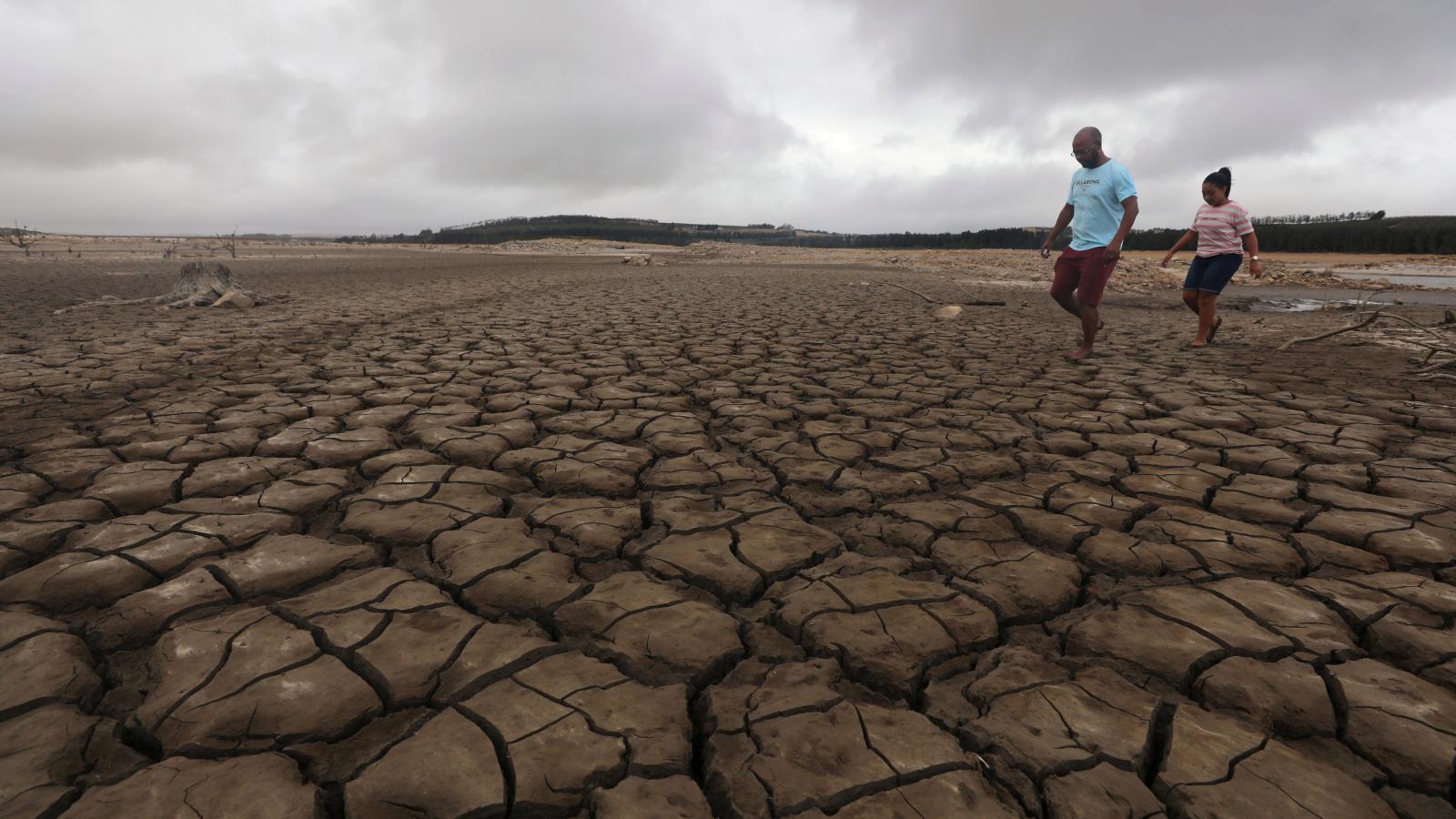Commentary: Cape Town Is Running out of Water. Could More Cities Be Next?

Commentary: Cape Town Is Running out of Water. Could More Cities Be Next?
Full Op-Ed
After more than three years of severe drought, Cape Town, a city of nearly 4 million people, is running out of water. “Day Zero”—the day city officials estimate the water system will be unable to provide drinking water for the taps—is less than three months away, and substantial rains are not expected before then.
In response, city managers have imposed a series of increasingly severe water-use restrictions to cut demand and are working to find emergency sources of supply, but it is difficult to see how a cutoff can be avoided. People will not die of thirst: Emergency water will be brought in for basic needs. But the social, economic, and political disruptions caused by a water cutoff will be unprecedented.
Cape Town is not alone. California, São Paulo, Australia, the eastern Mediterranean, and other regions have all recently suffered through severe droughts and water crises.
Short-term droughts and water shortages aren’t new. Under normal circumstances, cities can respond by temporarily cutting water waste. But circumstances aren’t normal anymore. More and more major cities will face their own Day Zero unless we fundamentally change the way water is managed and used.
The growing water crisis is the result of three factors. First, more and more regions of the world are reaching “peak water” limits, where all accessible, renewable water has been spoken for and no traditional new supplies are available. Second, urban populations and economies are expanding rapidly, putting additional pressures on limited water supplies and increasing competition with agricultural water users. And third, the very climate of the planet is changing because of human activities such as burning fossil fuels, affecting all aspects of our water systems, including the demand for water and the frequency and intensity of extreme events like floods and droughts.
Where these three factors combine, urban water crises explode.
The good news is that there are two key solutions to making our cities more resilient to water crises and disruptions: Reduce water demand and find new non-traditional sources of water supply.
Reducing demand means improving the efficiency of water use and changing water-using behaviors to reduce immediate needs. The first option includes installing efficient irrigation technology, replacing inefficient toilets, showerheads, washing machines, and dishwashers, and eliminating leaks. The second option includes cutting outdoor landscape water use and replacing water-intensive gardens, taking shorter showers, flushing toilets less often, and eliminating luxury water uses like private swimming pools.
The potential for these two approaches to reduce demand is enormous. During the severe drought in Australia from 2000 to 2009, urban water efficiency measures saved more water at lower cost and greater speed than traditional supply options, like tapping rivers and groundwater. During the drought, water demand dropped 60% in South East Queensland through a combination of investments in water efficiency programs and restrictions on outdoor water use. California urban water use was cut by over 25% during the 2012-2016 drought through similar indoor and outdoor efficiency programs, and there is much potential for even greater savings.
There are new supply options available too, even in regions where traditional sources are tapped out. South Africa has long pioneered the restoration of watersheds by removing invasive species like blue gum, wattles, and the vine kudzu, and increasing water flows in rivers. Artificially enhancing groundwater replenishment can increase the storage of water far more effectively than building new surface reservoirs. Wastewater treatment and reuse turns what used to be considered a liability into a valuable resource.
Cape Town currently only treats and reuses 5% of its wastewater—up until now they haven’t thought they had the need—and could greatly expand treatment and reuse. Just next door to South Africa in Namibia, the city of Windhoek has been reusing treated wastewater for decades. About 40% of Singapore’s total water demand is now being met with high-quality treated wastewater. California currently reuses about 15% of its wastewater and has the potential to greatly expand reuse in coming years. And when less costly options have been exhausted, seawater desalination offers a way to provide drought-proof supply.
It will rain again in Cape Town, and the emergency responses implemented over the next few months will be relaxed. But water problems are not going to disappear until we consistently and comprehensively change the way we think about and manage water. Peak water limits will be felt in more and more regions as traditional sources of water are tapped out. Urban areas will continue to expand. Global climate changes will accelerate and worsen, especially if we delay the transition to clean energy. The sooner we accept these facts, the sooner every city can move to manage water in a more sustainable fashion, postponing or even eliminating the risk of their own Day Zero.
This op-ed was originally published in Fortune.

